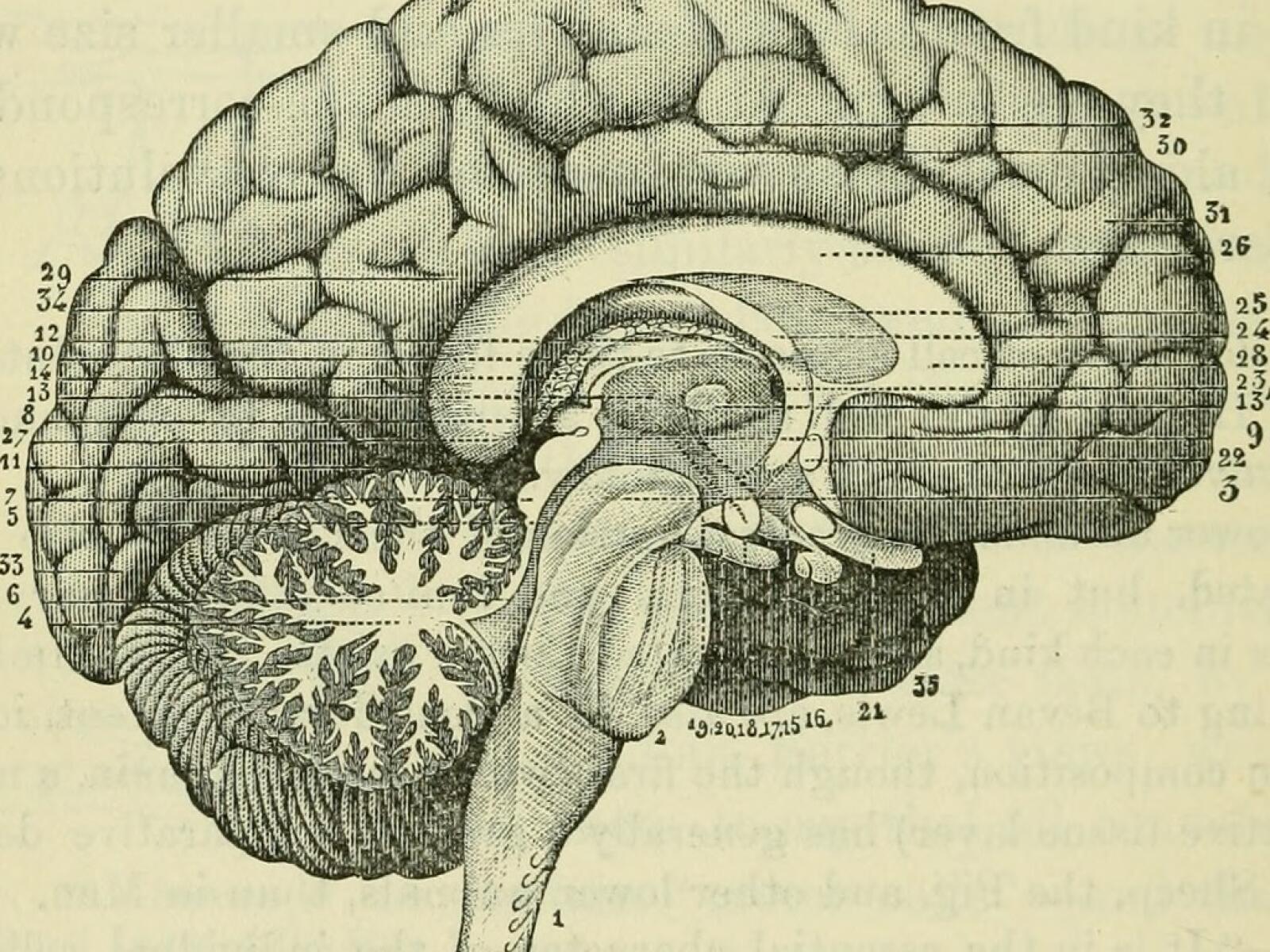Yoga and Neuroscience

It’s not news that a regular yoga practice can impact an individual’s mental & physical health in numerous ways. The physical benefits of yoga aren’t mysterious; at times, a practice can be a vigorous muscle toning and cardio-enhancing activity. While we’ve been aware of yoga’s mental benefits, science has only recently provided us with the tools and research to answer the hows and whys of yoga effects on our brain. Neuroscience is a study of the human nervous system that draws from a number of biological disciplines. It is a relatively young field in terms of the history of human scientific understanding, really only emerging in the mid-1960s. Since then, it has provided researchers with some of the best means to better understand just how beneficial yoga can be to our brains and bodies.
One of neuroscience’s greatest advancements has been in our ability to image the brain and analyze changes which occur both long term and in real time. Neuroimaging techniques (fMRI, MRI, PET, SPECT) have revealed a consistent yoga/meditation practice produces significant changes in both brain shape and connectivity. Our brains have the incredible ability to rewire themselves (neuroplasticity) as we learn and age, and this type of neural reorganization has been observed in a number of ways in yogis and sheds light on some of the mental benefits of yoga. The central nervous system (CNS), which includes the brain, is subdivided into a number of regions which are responsible for various brain functions. The amygdala, which is a part of the brain associated with emotional response – particularly fear, anxiety, and aggression, in individuals with a regular mindfulness practice has been shown to decrease in volume. This loss of gray matter (neural cell body volume) likewise results in less connections to the amygdala, thus decreased activity in that region of the brain which manifests itself as a more managed emotional response to threats and stress inducing situations. As opposed to the amygdala, increases in gray matter volume were observed in the pre-frontal cortex (PFC) and hippocampus. The increase of neurons in the PFC leads to a better and more efficient capacity to inhibit negative thoughts and behaviors, a form of self-regulation, and the brain gains observed in the hippocampus result in an improvement in spatial and working memory.
Not only has neuroscience revealed positive changes to brain connectivity stemming from a consistent mindfulness practice, research has also shown there to be beneficial changes to brain chemistry as well. This ability to manipulate our internal pharmacy has proven to be an effective way to combat mood states like anxiety and depression without pharmacological intervention. The basis for these chemical changes are altered levels of neurotransmitters, signaling molecules the body uses to transmit messages between neurons, observed in yogis. Dopamine, oxytocin, and serotonin (the ‘feel good’ molecules) levels are all shown to be elevated in yoga practitioners. Yogis also tend to exhibit higher levels of gamma-aminobutyric acid (GABA), another neurotransmitter, which plays a key role in the down regulation of our stress response. Many of these chemical responses directly affect our parasympathetic nervous system, commonly known as our ‘rest and digest’ system, resulting in a restorative rebalancing of our internal systems. While some neurotransmitters undergo an increase in production, others are reduced. Norepinephrine, a neurotransmitter key to our sympathetic (‘fight or flight’) nervous system, production is reduced resulting in a more managed fear response and better overall heart health.
As our understanding of neuroscience increases, so does our appreciation for the role the brain and nervous system play in essentially every other bodily function. This sort of top down control is also directly influenced by an individual’s commitment to practicing yoga regularly. Through increased activation of our parasympathetic pathways, we can improve circulation to our endocrine glands and digestive organs. Heart health, blood pressure and breath rate can be managed more efficiently with better hormonal health. Hormonal health is also responsible for much of the inflammation afflicting our society and is also dependent on healthy, optimally functioning mental processes to operate properly. Time spent on our mat not only provides an opportunity to clean out mentally, it allows our internal organs to physically detoxify and eliminate that which does not serve us. That same time spent moving and breathing through yoga poses allows our nervous system to reshape what it considers safe and accessible to our muscles and joints, which is how we get physically stronger and move deeper into shapes.
While yogis have known for millennia that a consistent mindfulness practice can lead to a bounty of physical and mental benefits, modern scientific techniques have only recently allowed us to examine just exactly how this occurs in our brains and bodies. The field of neuroscience specifically has been essential in our understanding of yoga’s positive impacts on its students, and our knowledge is ever increasing as more studies are being conducted and more data is being compiled. Recognizing and interpreting observed changes in brain connectivity, chemistry, and control will surely lead to more discoveries being made as to just how valuable yoga and meditation can be to one’s health and will undoubtedly continue to illuminate the mechanisms behind the positives this practice provides.
-Lee RihtarchikYoga Instructor
Sources for Additional Info:
https://www.ncbi.nlm.nih.gov/pmc/articles/PMC6023989/
https://yogamedicine.com/how-yoga-changes-your-brain/
https://www.ncbi.nlm.nih.gov/pmc/articles/PMC4769029/
https://www.frontiersin.org/articles/10.3389/fnhum.2017.00315/full
Photo: Lindsay Dill